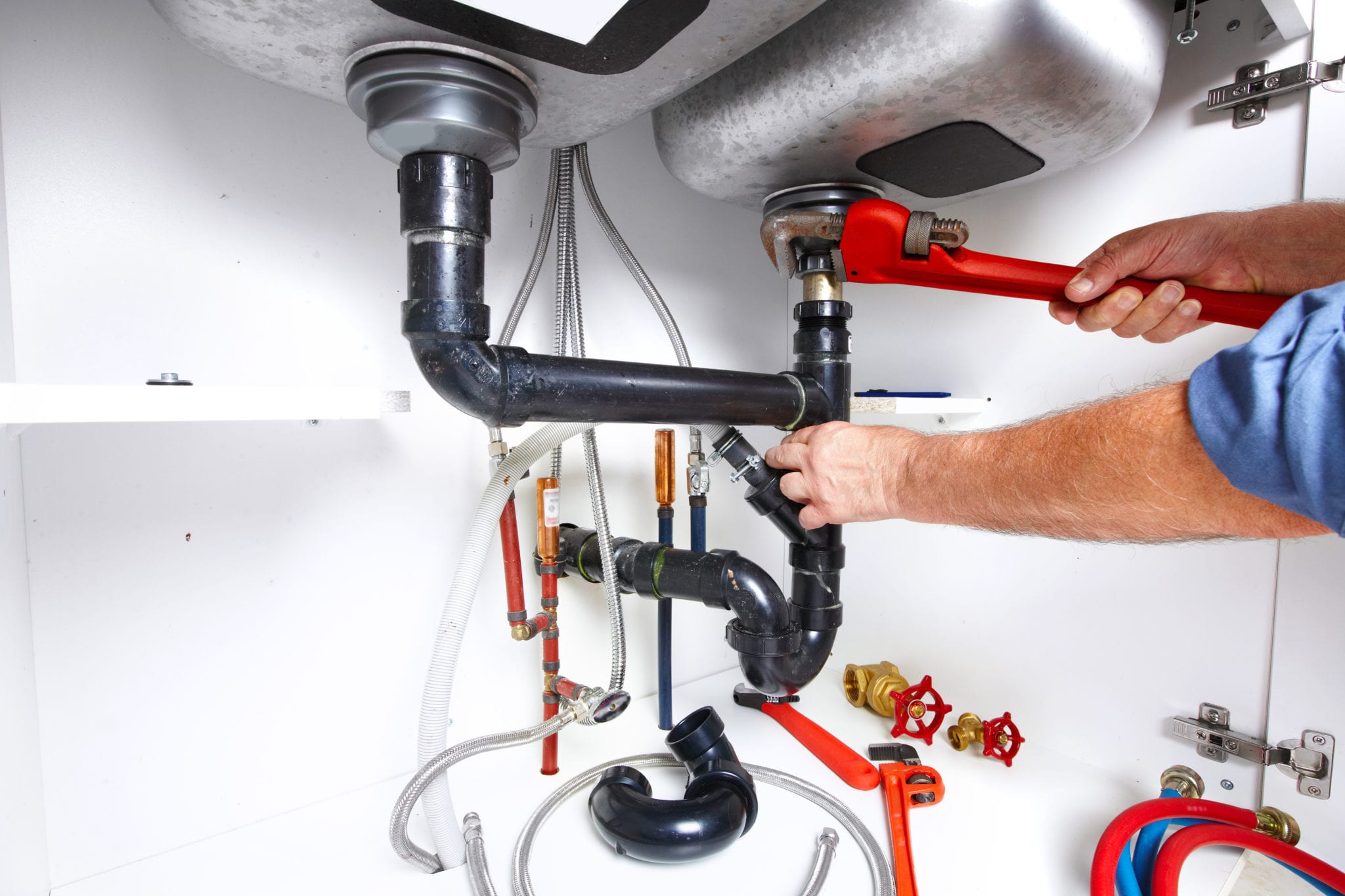What're your thoughts and feelings about Leaking water lines?

Early discovery of dripping water lines can alleviate a prospective calamity. Some small water leakages may not be noticeable.
1. Analyze the Water Meter
Every house has a water meter. Examining it is a proven manner in which aids you discover leaks. For starters, shut off all the water sources. Ensure nobody will purge, use the faucet, shower, run the cleaning maker or dishwashing machine. From there, most likely to the meter and also watch if it will certainly change. Because no person is using it, there should be no movements. If it relocates, that suggests a fast-moving leak. Likewise, if you spot no changes, wait a hr or 2 as well as examine back again. This means you may have a slow leakage that could even be underground.
2. Check Water Consumption
Assess your water costs and also track your water consumption. As the one paying it, you need to observe if there are any type of inconsistencies. If you identify sudden changes, despite your intake being the same, it implies that you have leakages in your plumbing system. Keep in mind, your water bill should drop under the same range monthly. An abrupt spike in your expense suggests a fast-moving leakage.
A steady increase every month, even with the very same routines, reveals you have a sluggish leakage that's additionally slowly intensifying. Call a plumber to thoroughly inspect your building, specifically if you feel a warm location on your floor with piping beneath.
3. Do a Food Coloring Examination
When it comes to water usage, 30% comes from commodes. If the color somehow infiltrates your dish throughout that time without flushing, there's a leakage in between the tank and also bowl.
4. Asses Outside Lines
Do not fail to remember to examine your outside water lines as well. Needs to water seep out of the connection, you have a loose rubber gasket. One little leak can lose bunches of water and also increase your water bill.
5. Evaluate as well as Examine the Scenario
House owners must make it a practice to examine under the sink counters and also also inside cupboards for any kind of bad odor or mold and mildew development. These 2 warnings suggest a leakage so prompt attention is needed. Doing routine assessments, also bi-annually, can conserve you from a significant trouble.
Examine for stainings and damaging as a lot of appliances and also pipes have a life expectations. If you think leaking water lines in your plumbing system, do not wait for it to rise.
Early detection of dripping water lines can alleviate a prospective calamity. Some small water leakages may not be noticeable. Inspecting it is a proven way that aids you find leakages. One tiny leak can squander bunches of water and increase your water bill.
If you presume dripping water lines in your plumbing system, don't wait for it to rise.
How to Know If Your Home Has a Hidden Leak
Water Meter Reveals Inexplicable Water Usage
If you’d like to test whether or not there’s a leak somewhere in your home, you can do this using your water meter. Here is how to conduct the test:
Don’t use any water in your home for at least 30 minutes; this also means not turning on faucets or water-using appliances.
Go outside, and check your water meter for activity.
If your water meter shows that there was activity, even though no one was using any water, this proves that there is a leak in your home.Visible Mold or Mildew Growth
Leaks behind walls create moist, dark environments that allow mold and mildew to grow and thrive. Eventually, you might see mold growth forming on the wall closest to a hidden leak.
If mold is growing in an area that receives a high amount of moisture, such as a bathroom, it may simply be an indication that better ventilation is needed. However, if you see mold growth on a wall or the ceiling in an area where you would not expect, you probably have a hidden leak.
Musty, Mildew Odor
Sometimes you might not be able to see the mold or mildew that is growing as a result of a leak. However, the smell can give the problem away just as easily. If you catch a whiff of something musty, there’s a good chance that old water is collecting somewhere in your home that you can’t see.
Stained/Warped Walls, Ceilings, or Floors
When your home soaks up water, a variety of red flags can become visible, including ceiling stains, bubbling drywall, warped walls, and sagging floors. While these issues can be caused by excess humidity, they can also be signs that a pipe or plumbing connection has started leaking behind your walls.
Inexplicably High Water Bill
After a while, you get a general sense for what your water bill should be. If you own a pool or sprinkler system, your bill will tend to be higher during summer. However, if you receive a water bill that seems especially high, and you can’t figure out what caused it, then you may have a hidden leak somewhere that’s increasing your bill.
https://www.plumbingjoint.com/blog/2019/july/how-to-know-if-your-home-has-a-hidden-leak/

I ran across that page on Top leak detection hacks while surfing the internet. Enjoyed reading our write up? Please share it. Help others find it. I am grateful for your time. Visit us again soon.